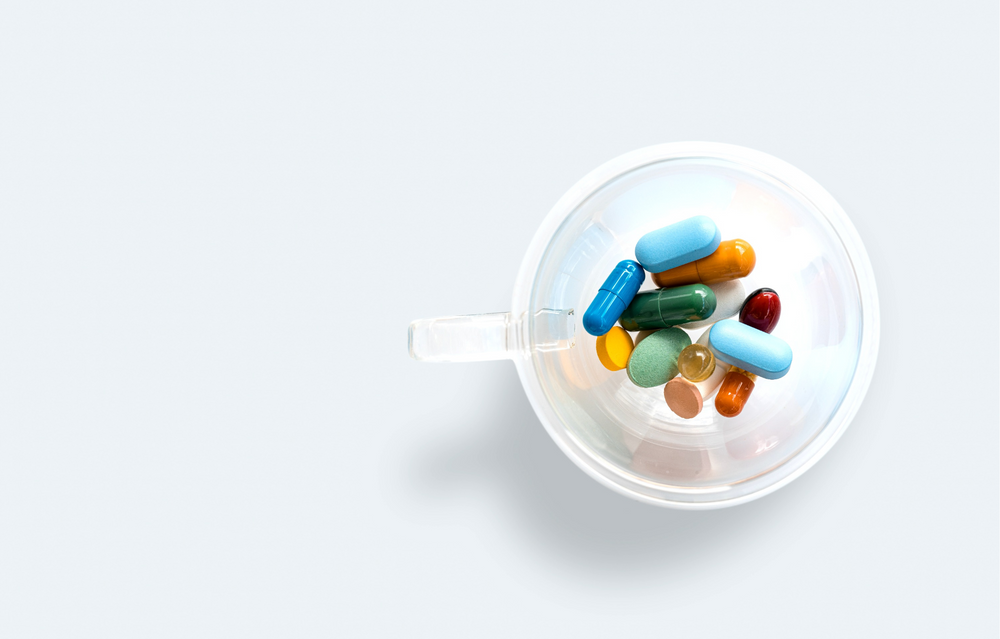Continue reading "Here are 5 foods that can help you get rid of body odour naturally"
Tag: natural
New Study Finds “Huge” Increase in Teens Going to the ER With Suicidal Thoughts
If you’re feeling anxious, depressed, or hopeless, help is available. Consider talking to a sibling, a friend’s parent, or a teacher or school counselor. You can also contact the U.S. 988 Suicide & Crisis Lifeline by calling or texting 988, or Talk Suicide Canada by calling 1-833-456-4566.
DIY strawberry face masks: 5 ways to make your skin glow
Continue reading "DIY strawberry face masks: 5 ways to make your skin glow"
Fibre-optic, electronic pH test device compared with current NHS guidance to confirm nasogastric tube placement
The clinical objectives of this prospective, random, convenience series were:
1. Compare a novel fibre-optic pH test device (NGPOD) to gastric aspirate and pH testing for nasogastric tube (NGT) confirmation.
2. Determine if the new device reduces the need for chest radiography (chest X-ray, CXR).
MethodsRecruitment of patients over the age of 18, requiring NGT feeding.
Exclusion criteria: oesophageal gastrointestinal surgery within 3 months; all those with partial or total gastrectomy; bleeding gastric and duodenal ulcers; gastric cancer; those with oesophageal varices; those considered to be inappropriate.
The index test, NGPOD, comprises a fine, flexible fibre-optic sensor passed down the NGT, then connected to an electronic device. A green light indicates pH ≤5.5, and a red light if pH is >5.5.
The reference test is withdrawal of gastric aspirate and testing with universal pH indicator strips then comparison to a colour chart. Second-line testing is establishing NGT position by CXR or subjective clinical assessment (SCA) in intensive care unit (ICU).
ResultsThe analysed data set contained 174 subjects who had undergone 496 tests, 96 initial and 400 repeat NGT checks.
For all patients, NGPOD can reduce the need for CXR or SCA by 21.2%.
In ICU, NGPOD can reduce the need for CXR or SCA by 24.5%.
When performing initial tests, immediately after tube placement, NGPOD can reduce the need for CXR or SCA in 61% of patients.
With repeat testing, NGPOD can reduce the need to progress to CXR or SCA in 16% of tests.
ConclusionsThe objective, yes—no result delivered by NGPOD, eliminates the subjective reading of a pH strip colour change, reducing the subjective element. The index test has the opportunity to reduce risk, improve safety and decrease the numbers of patients requiring X-ray. It, therefore, has the potential to reduce never events associated with NGT misplacement.

